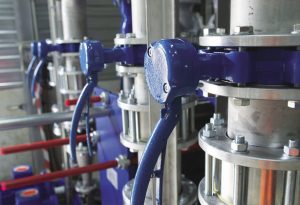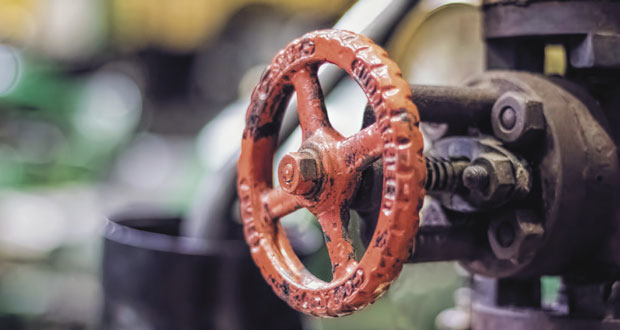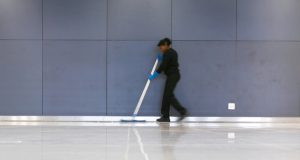A SUPERIOR APPROACH
The latest real-time monitoring detects a range of critical parameters that signify corrosive conditions, including dissolved oxygen, pH, pressure, inhibitor levels and corrosion rates.
Any event, whether planned or unplanned (such as leaks or loss of pressure), is flagged on the inbuilt charts. Drawing on this cumulative data, FMs have the benefit of a true and accurate picture of system condition – an ideal basis to plan ongoing maintenance strategies.
FMs are kept well and truly in the picture, with alerts sent direct to their inbox if critical levels are exceeded. Reports show trends during a period with recommendations to keep the water system healthy.
With a deeper insight into the corrosion process and how it can be mitigated, you can implement site-specific water treatment programmes that tackle the root cause of corrosion and reduce the risk of system failure and expensive repairs.
This shift – from manual sampling and laboratory testing to real-time data driven solutions – is something we’ve championed from day one, so we’re delighted to see it recognised in BSRIA’s best practice guidance for 2021.
As more FMs begin to adopt real-time monitoring as standard, we will see a generation of healthier buildings that perform better, use less energy and cost less to maintain.
CASE STUDY: REAL-TIME MONITORING SAVES £200,000
We partnered with real-time monitoring experts, Hevasure, in 2017 and since then this approach has become central to our intelligent maintenance and monitoring package.
Problem: Heavily contaminated Chilled Hot Water (CHW) system with high levels of dissolved iron and suspended solids.
Hevasure with sampling: Contaminated water is identified through sampling and a balanced flush carried out to remove debris. Hevasure unit installed alongside sampling and corrosion coupons over a two-week period to check system condition following flushing.
On day one, the unit confirms the system is within safe limits but identifies elevated dissolved oxygen. Over the next seven days, Hevasure tracks pressure spikes in real-time, leading to a diagnosis of air ingress which is promptly rectified. On day 14, data shows the system is back within spec.
Sampling only: Compared with Hevasure, which takes readings every 15 minutes, sampling takes place on a quarterly basis, dramatically increasing the ‘window of risk’.
 Following flushing to remove debris, the sample is sent to the laboratory and analysed. Results confirm Hevasure’s findings but fail to identify dissolved oxygen and root issues remain unchecked. In this case, the system would have continued to draw air leading to further problems.
Following flushing to remove debris, the sample is sent to the laboratory and analysed. Results confirm Hevasure’s findings but fail to identify dissolved oxygen and root issues remain unchecked. In this case, the system would have continued to draw air leading to further problems.
Through immediate identification and rectification of the problem, Hevasure saved £200,000 by preventing the need to reflush the system back to pre-contamination condition.





